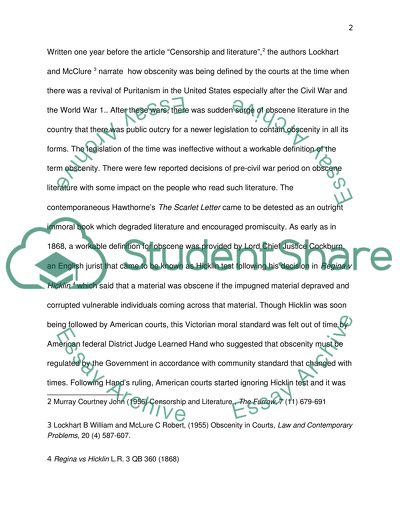Cite this document
(“COMPARATIVE REVIEW OF TWO ARTICLES Essay Example | Topics and Well Written Essays - 2500 words”, n.d.)
Retrieved from https://studentshare.org/law/1473919-comparative-review-of-two-articles
Retrieved from https://studentshare.org/law/1473919-comparative-review-of-two-articles
(COMPARATIVE REVIEW OF TWO ARTICLES Essay Example | Topics and Well Written Essays - 2500 Words)
https://studentshare.org/law/1473919-comparative-review-of-two-articles.
https://studentshare.org/law/1473919-comparative-review-of-two-articles.
“COMPARATIVE REVIEW OF TWO ARTICLES Essay Example | Topics and Well Written Essays - 2500 Words”, n.d. https://studentshare.org/law/1473919-comparative-review-of-two-articles.


